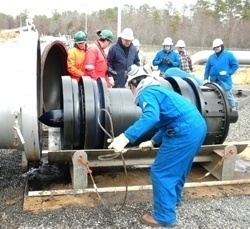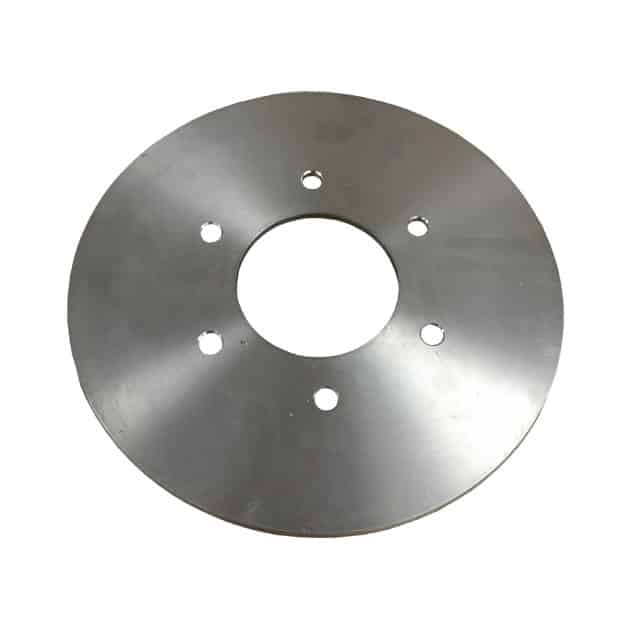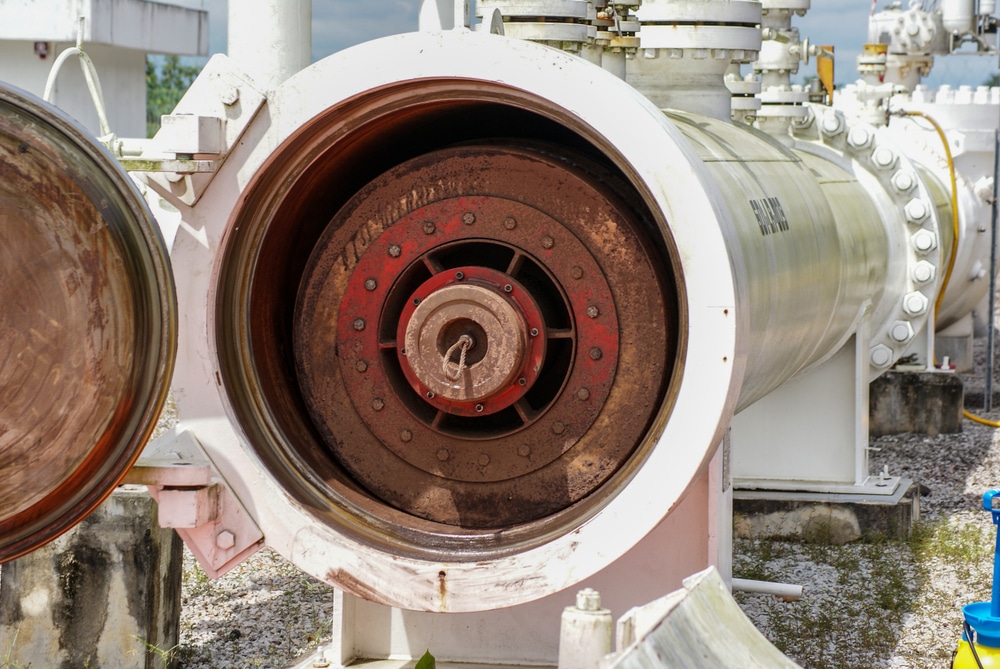Maintaining clean and efficient pipelines is crucial for industries relying on the smooth transport of liquids and gases. One effective way to ensure the cleanliness of pipelines is by using pipeline pigging equipment. In this post, we’ll explore why pipeline pig tracking equipment is essential for cleaning and maintaining pipelines.
Introduction to Pipeline Pigging
Pipeline pigging is a process used to clean and inspect pipelines. The term “pigging” comes from the sound early devices made as they traveled through pipes. Today, pigs are sophisticated tools that help maintain pipeline integrity.
How Pipeline Pigging Works
Pigs are inserted into pipelines and propelled by the fluid flow. They remove debris, scale, and other residues that can accumulate over time. Pigging helps maintain pipeline capacity, reduce corrosion, and prevent blockages.
Tools of the Trade
Modern pigging involves various tools designed to meet specific cleaning and inspection needs. These include foam pigs, brush pigs, and magnetic pigs. Each type serves a unique purpose, from removing soft deposits to detecting ovality anomalies.
Benefits of Pipeline Pigging
Improved Flow Efficiency
Clean pipelines improve flow efficiency by reducing friction and pressure drops. This translates to lower energy costs and increased throughput.
Enhanced Safety
Pigging helps identify and remove potential hazards like corrosion and buildup. This reduces the risk of leaks and ruptures, ensuring the safety of personnel and the environment.
Prolonged Pipeline Life
Regular pigging can extend the lifespan of pipelines by preventing corrosion and wear. This means fewer repairs and replacements, saving time and money.
Why Tracking Equipment Is Essential
Tracking equipment is crucial for effective pigging operations. It helps monitor pig location and movement, ensuring thorough cleaning and inspection.
Accurate Location Monitoring
Tracking equipment provides real-time data on the pig’s position within the pipeline. This ensures that in the event the pig gets stalled the location can be accurately identified.
Enhanced Efficiency
With tracking equipment, operators can quickly detect and address any issues that may arise during pigging. This minimizes downtime and maximizes operational efficiency.
Improved Safety
Tracking equipment helps prevent mishaps by providing precise information on the pig’s movement. This reduces the risk of damage to the pipeline and ensures the safety of personnel.
Types of Tracking Equipment
Several types of tracking equipment are used in pipeline pigging, each offering unique benefits.
Magnetic Detectors
Magnetic detectors use magnetic fields to track pigs. They are effective in detecting the last known location a pig has passed through to track the speed the pig is traveling at as well as its last known location.
Acoustic Detectors
Acoustic detectors use sound waves to monitor pig movement. They are ideal for detecting pigs in pipelines with high fluid flow rates.
Radio Frequency Identification (RFID)
RFID tags attached to pigs provide real-time location data. They offer high accuracy and are suitable for long-distance tracking.
Choosing the Right Tracking Equipment
Selecting the appropriate tracking equipment depends on various factors, including pipeline length, fluid type, and pig type. Consulting with experts can help determine the best solution for your specific needs.
Implementing a Pigging Program
Implementing a pigging program involves several steps:
Assess Your Needs
Evaluate your pipeline’s condition and cleaning requirements. This will help determine the type and frequency of pigging needed.
Choose the Right Tools
Select the appropriate pigs and tracking equipment based on your assessment. Ensure compatibility with your pipeline, fluid type, and bend radius.
Develop a Schedule
Create a pigging schedule that aligns with your operational needs. Regular pigging helps maintain pipeline integrity and efficiency.
Inline Services in Tomball, TX
In Tomball, TX, Inline Services offers a range of pipeline pigging and tracking solutions. Their expertise ensures that your pipelines remain clean and efficient, minimizing downtime and maximizing productivity.
Contact Us Today
Pipeline pigging is an essential process for maintaining clean and efficient pipelines. Using pipeline pig tracking equipment enhances the effectiveness of pigging operations, ensuring thorough cleaning and inspection. By implementing a pigging program with the right tools and tracking equipment, you can improve flow efficiency, enhance safety, and prolong pipeline life. Explore the benefits of pipeline pigging and tracking equipment to keep your pipelines in top condition. At Inline Services, we offer top-quality pigging and tracking solutions to meet your specific needs. Contact us today to learn more and schedule a consultation.





